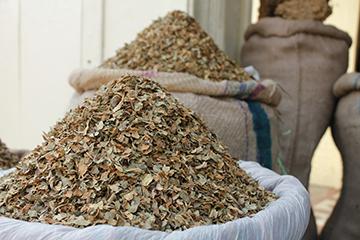Substitutes in Tobacco Expansion
Tobacco expansion is the process of puffing leaves of tobacco to decrease the volume of tobacco used in cigarette production. Substitutes are reviewed on the basis of environmental and health risks, including factors such as ozone depletion potential, global warming potential, toxicity, flammability, and exposure potential. Lists of acceptable![]() acceptableThis designation means that a substitute may be used, without restriction, to replace the relevant ODS within the end-use specified. For example, HCFC-22 is an acceptable substitute for R-502 in industrial process refrigeration. Note that all SNAP determinations apply to the use of a specific product as a substitute for a specific ODS in a specific end-use. and Unacceptable
acceptableThis designation means that a substitute may be used, without restriction, to replace the relevant ODS within the end-use specified. For example, HCFC-22 is an acceptable substitute for R-502 in industrial process refrigeration. Note that all SNAP determinations apply to the use of a specific product as a substitute for a specific ODS in a specific end-use. and Unacceptable![]() UnacceptableThis designation means that it is illegal to use a product as a substitute for an ODS in a specific end-use. For example, HCFC-141b is an unacceptable substitute for CFC-11 in building chillers. Note that all SNAP determinations apply to the use of a specific product as a substitute for a specific ODS in a specific end-use. substitutes are updated several times each year.
UnacceptableThis designation means that it is illegal to use a product as a substitute for an ODS in a specific end-use. For example, HCFC-141b is an unacceptable substitute for CFC-11 in building chillers. Note that all SNAP determinations apply to the use of a specific product as a substitute for a specific ODS in a specific end-use. substitutes are updated several times each year.
Note: SNAP-related information published in the Federal Register takes precedence over all information on this page.

